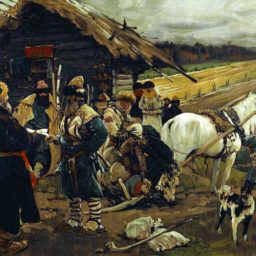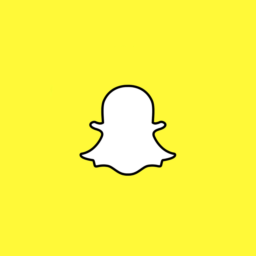Platforms born out of the web 2.0 wave of internet startups, like Facebook, Medium, and Spotify, have done a great job bringing huge audiences together. But building your presence on their platforms can come at the cost of them owning your link to your audience.
I was having a small discussion on Twitter with Arnon Woolfson, a smart strategist in entertainment, brands, and partnerships, which arose in response to Facebook now allowing you to link Groups to Pages, allowing for easier management of fan communities.
Personally, I see a lot of opportunity in this. Facebook is pushing groups as a feature (meaning it’s more visible in news feeds), and I’ve long been a proponent for making sure your fan base is interconnected. However, rightly so, Arnon had some objections, particularly regarding not having good control over your fan relationship. Music streaming coop Resonate‘s founder Peter Harris even went as far as to call it digital serfdom, which is a powerful analogy.
Digital serfdom
The idea is that in order to be able to attain success, you more or less have to leverage aforementioned web 2.0 platforms. As you leverage these platforms to build your connection to fans, the ones to get the most value out of that are not the participants of the relation, but the platform itself. This is a tragic reality of the dominant model for the social web as it has emerged in the last 15 years.
This is also something that will continue to be the status quo until platforms that offer an alternative distribution of value manage to create products and communities that are as sticky and as compelling as the ones they’re competing with.
When to leverage
I believe one of the key skills for people building up profiles in the digital age – whether bands, brands, or personal – is being able to move audiences from one platform to another. You should focus on 2 or 3 platforms at a time, leveraging the ones that work best for your specific purposes.
The number 1 thing young companies, brands, or artists cannot afford is friction. It has to be easy to discover your music or product. Then you have to do everything you can to make sure you can reach those people who discovered you a second time. For me, Twitter filled this role for a long time: discover my writings, follow me on Twitter, and then see my future writings. Then one and a half year ago, I decided to ‘cash out’ my Twitter following by converting them into a newsletter following. I now have over 1,500 email addresses of people who work in similar fields, and can reach them directly to their inbox (and do so every week).
Twitter stopped being effective for me. Less than 10% of my followers were actually seeing my tweets. Now, my weekly newsletters have an open rate of over 50%. For a long time I published my articles on Medium, and then that stopped being effective, so I stopped (I’ve noticed positive changes recently so I started publishing there again occasionally). I always used Medium as a platform to drive people to my newsletter.
If a platform stops being effective for you: stop using it.
Don’t invest too much time into it. Make sure you can reach your followers through other channels, and then focus on those channels that are most effective.
When to own
Focus on ownership, e.g. bringing fans to your own app or club, when that is more convenient for the fans too. Else you’re going to lose a lot of opportunities, because perhaps only 1 in 20 people will convert from Facebook to your app, and you’ll have put a lot of energy into something that simply doesn’t work well.
Spend a lot of time thinking about your long term goals and what kind of data you’d need in order to successfully measure how well you’re doing. Then look at whether the platforms you’re leveraging offer that data or not. If not, figure out a way that you might be able to drive behaviour from those places to other places where you can get that data. If that’s no good, then you need to figure out how to get your audience onto a platform that gives you more ownership.
This was one of my issues with Medium: I couldn’t get enough data on my audience. I didn’t really know where they were coming from, and didn’t know who was clicking what, what part of my audience was returning, etc. With my newsletter and own website I know this perfectly.
That’s why I was happy to hear about the Facebook Groups announcement, because I could start building a community for the newsletter there while still maintaining ownership over the data & relation to them. (the group is called MUSIC x TECH x FUTURE Backstage)
A golden rule?
Leverage digital serfdom. Even if you want to change that system: it’s easier to corrupt and co-opt it than to completely avoid it.
Create a place or channel you own: this can be through email, SMS, or other, but it’s important you get enough data from it, and you can provide people with an incentive to join your channel this way. Then when leveraging any platform, always figure out how you can use it to add people to your owned channels.
No need to reinvent the wheel. No need to build your personal ‘Facebook for fans’. Just use what works, while it works, and always be ready to move on to the next channel.

















